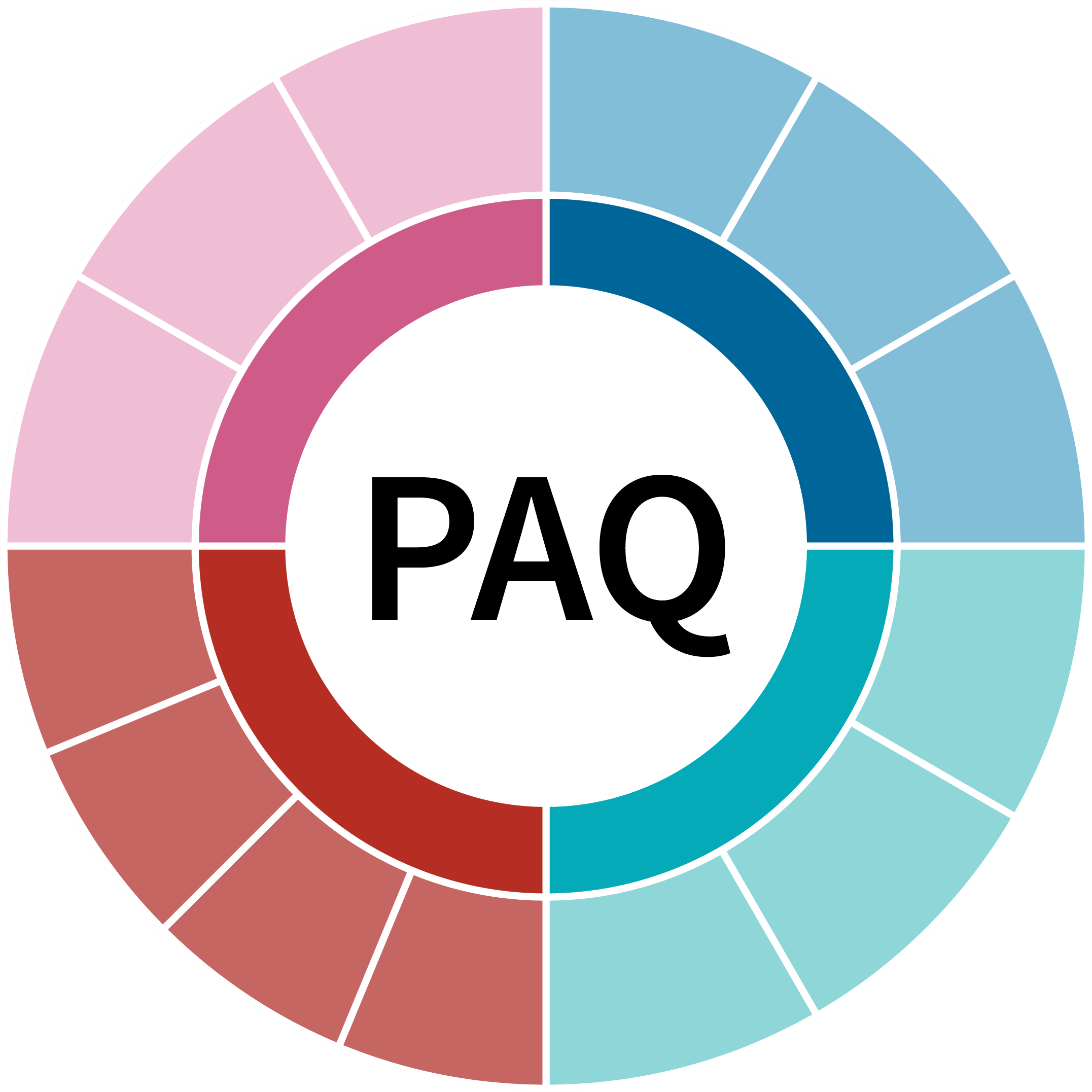· Bob Wood · motivation · 3 min read
Curiosity - The Good, The Bad, and The Ugly
Exploring the edges of curiosity, navigating the path from inspiration to intrigue.

Curiosity, the intrinsic desire to explore and understand the unknown, plays a pivotal role in shaping human behavior and societal progression. It’s a fundamental driver of learning, innovation, and discovery. However, like a coin with two sides, curiosity also possesses the potential to lead us down less constructive paths. In this blog, I discuss the multifaceted nature of curiosity, examining its beneficial and detrimental features through the lens of ‘good,’ ‘bad,’ and ‘ugly’ curiosity.
The Good Side of Curiosity
At its best, curiosity represents a thirst for knowledge and a quest for understanding. This type of curiosity is characterized by an eagerness to explore, learn, and innovate. It’s the driver behind scientific breakthroughs, artistic creations, and the continual advancement of knowledge.
Benefits in the Workplace and Learning Environments
- Innovation and Adaptability: In the rapidly evolving landscape of the modern workplace, curiosity emerges as a key driver of adaptability and innovation. Research by Horstmeyer (2019) highlights the importance of curiosity in adapting to technological advancements, facilitating the acquisition of new skills and competencies essential for success.
- Enhanced Learning and Critical Thinking: Curiosity also plays a crucial role in educational settings. According to Ibrahim and Rashid (2022), a curious mindset fosters creative, critical, and innovative thinking among students, enabling them to explore knowledge deeply and develop skills essential for designing groundbreaking products and solutions.
The Bad Side of Curiosity
However, not all exploratory impulses lead to positive outcomes. When curiosity lacks direction or purpose, it can become a source of distraction, leading to information overload and decision paralysis. This ‘bad’ curiosity detracts from productivity and focus, hindering performance and development.
Impact on Decision Making and Information Processing
- Information Overload: Buchanan and Kock (2001) point out that an uncontrolled quest for information can lead to overload, complicating decision-making processes and diminishing job performance.
- Mitigating Negative Effects: Research by Fukukura, Ferguson, & Fujita (2013) suggests that creating psychological distance from information can help manage curiosity-driven distractions, improving decision outcomes and reducing the negative impact on productivity.
The Ugly Side of Curiosity
At its worst, curiosity is driven by destructive motives such as gossip, exclusion, and manipulation. This ‘ugly’ curiosity fosters negative social dynamics, contributing to aggression, social exclusion, and a toxic environment, especially in professional settings.
Social Exclusion and Aggression
- Aggressive Behavior Responses: Studies, such as those by Twenge, Baumeister, Tice, & Stucke (2001), have linked social exclusion, a product of ‘ugly’ curiosity, to aggressive behaviors, underscoring the potential harm of curiosity when it’s wielded as a tool for exclusion or manipulation.
- Workplace Dynamics: In professional settings, workplace gossip, another manifestation of ‘ugly’ curiosity, can severely undermine employee performance and organizational citizenship behavior, as shown by Ye, Zhu, Deng, & Mu (2019).
Conclusion
Curiosity is a double-edged sword. While it can lead to learning and innovation, it also has the potential to cause distractions, foster negative social interactions, and even lead to destructive behavior. Recognising and managing the different types of curiosity is essential for harnessing its benefits while mitigating its drawbacks. Cultivate ‘good’ curiosity, minimise the distractions of ‘bad’ curiosity and stamp out ‘ugly’ curiosity. Turn the ‘desire to know’ into constructive knowledge rather than destructive outcomes.
Key Takeaways
- Curiosity’s Dual Nature: Curiosity can drive innovation and learning, yet it can also lead to distraction and negative social dynamics.
- Positive Impacts: It fuels adaptability, innovation, and critical thinking in both educational and workplace environments.
- Negative Aspects: Unfocused curiosity can cause information overload and decision paralysis, detracting from productivity.
- Destructive Curiosity: When driven by harmful motives, curiosity can foster social exclusion, aggression, and a toxic atmosphere.
- Management is Crucial: Recognizing and managing different types of curiosity is vital for maximizing its benefits and mitigating its drawbacks.


